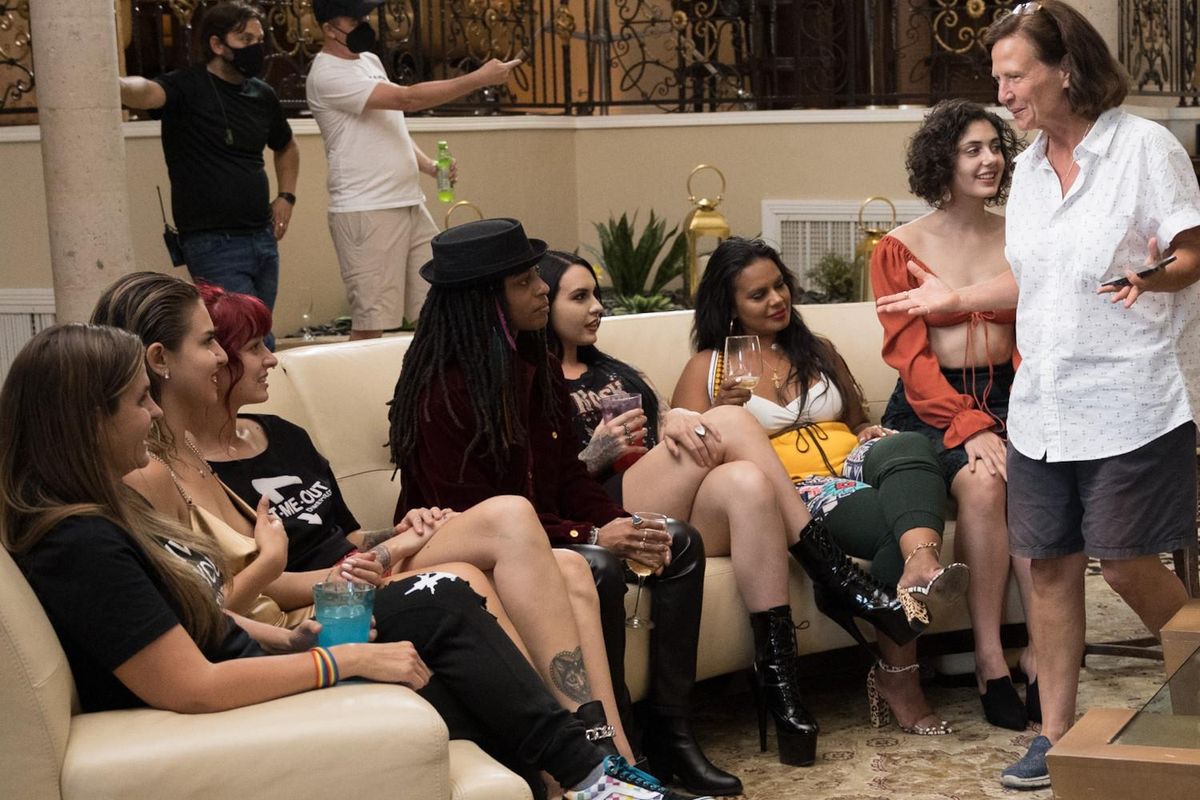WhistlePig and Alfa Romeo F1 Team Stake Wind Tunnel-Trialed Whiskey Is a Ryed You Don’t Want to Miss
SHOREHAM, VT (September 13, 2023) — WhistlePig Whiskey, the leaders in independent craft whiskey, and Alfa Romeo F1 Team Stake are waving the checkered flag on a legend-worthy release that’s taking whiskey to G-Force levels. The Limited Edition PiggyBack Legends Series: Alfa Romeo F1 Team Stake Barrel is a high Rye Whiskey selected by the Alfa Romeo F1 Team Stake drivers, with barrels trialed in their wind tunnel to ensure a thrilling taste in every sip.
The third iteration in WhistlePig’s Single Barrel PiggyBack Legends Series, the Alfa Romeo F1 Team Stake Barrel is bottled at 96.77 proof, a nod to Valtteri Bottas’ racing number, 77, and the precision of racing. Inspired by Zhou Guanyu, the first Chinese F1 driver, this Rye Whiskey is finished with lychee and oolong tea. Herbal and floral notes of the oolong tea complement the herbaceous notes of WhistlePig’s signature PiggyBack 100% Rye, rounded out with a juicy tropical fruit finish and a touch of spice.
Like Alfa Romeo F1 Team Stake’s signature C43 racing vehicles, trial barrels were tested in the team’s wind tunnel in Switzerland before hitting the track. Select barrels then endured varying levels of G-Forces at the WhistlePig farm and distillery for the finishing touch, accelerating the interaction between the whiskey and the wood, staying true to the physical nature of Formula 1.
“Partnering with WhistlePig has been a very exciting experience. Alfa Romeo F1 Team Stake is dedicated to being the best on the track, and the crew at WhistlePig is fearless in their pursuit to create the best whiskey out there,” said Valtteri Bottas, Alfa Romeo F1 Team Stake’s driver. “We’re really looking forward to fans tasting our custom Rye Whiskey and raising a glass to the rookies, veterans, legends and the exhilarating sport of F1.”
"Joining forces with WhistlePig to release a Single Barrel Rye Whiskey that represents my culture and team has been an honor,” said Zhou Guanyu, Alfa Romeo F1 Team Stake’s driver. “Formula 1 brings together fearless, thrill-seeking motorsports professionals, and WhistlePig has a shared passion for boundary-pushing innovation. Together, we’ve selected something alarmingly good for fans to enjoy this season when the cars are not on track.”
The Limited Edition Alfa Romeo F1 Team Stake Barrel will be available for purchase online starting around September 13 for $49.99 MSRP per 750ml bottle and sold in select stores across the U.S. Consumers can win VIP merchandise by scanning the QR code on the back of each bottle.
"We're taking our third Legends Series release on a ryed like never before,” said Meghan Ireland, WhistlePig Head Blender. "Our experiments with dynamic aging went full throttle during finishing trials at the Alfa Romeo F1 Team Stake wind tunnel, in turn inspiring new ways to expose barrels to G-forces back at the WhistlePig Farm. The herbal and floral notes of the lychee and tea barrel selected with the team create a new, podium-topping experience for PiggyBack Rye."
Fans and collectors have followed WhistlePig PiggyBack Legends Series, celebrating those who give 100% in the name of greatness, since its launch in March 2022 with Major League Baseball Hall of Famer, David Ortiz (“Big Papi”), followed by Country Music Duo Brothers Osborne in November 2022.
To learn more about WhistlePig Whiskey, visit whistlepigwhiskey.com. You can also check out WhistlePig Whiskey on Facebook, Twitter and Instagram.
About WhistlePig Whiskey
Located off the grid on a 500-acre Vermont farm, WhistlePig Whiskey is crafted by a new generation of whiskey distillers and blenders driven to reinvent and unlock the flavor of Rye whiskey. Through their rebellious pursuit of experimenting and pushing boundaries in the industry, WhistlePig has become the leading independent craft whiskey brand for innovation. WhistlePig is committed to becoming the best whiskey on and for the planet, starting with its locally sourced ingredients and sustainable supply chain and distilling process. For more information, head to whistlepigwhiskey.com.


 Nicole Conn speaking to contestants on Coming Out for Love Dating ShowPhoto courtesy of Carolyn S Russell
Nicole Conn speaking to contestants on Coming Out for Love Dating ShowPhoto courtesy of Carolyn S Russell Coming Out for Love dating show contestants hanging out by the poolPhoto courtesy of Carolyn S Russell
Coming Out for Love dating show contestants hanging out by the poolPhoto courtesy of Carolyn S Russell  Learning how to play poolPhoto courtesy of Carolyn S Russell
Learning how to play poolPhoto courtesy of Carolyn S Russell